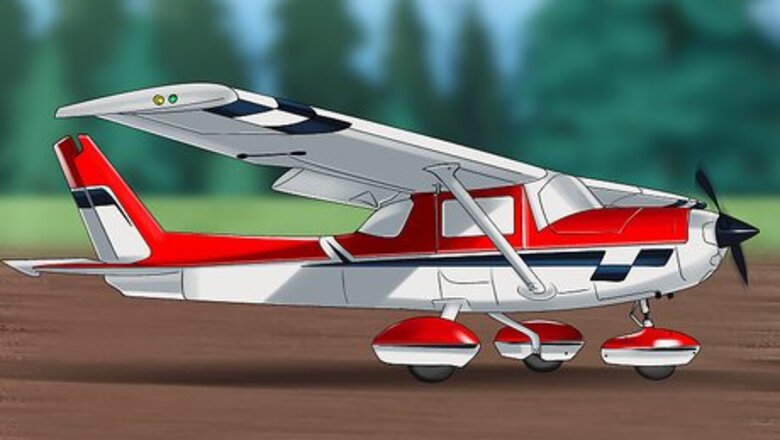
views
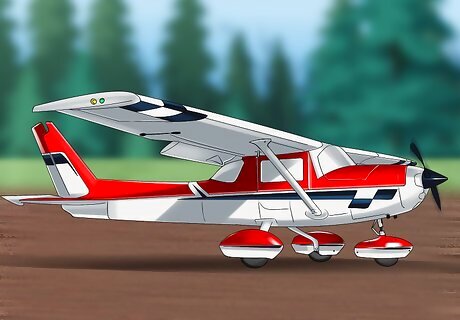
The first instruction begins after the majority of the circuit has been flown and you are on final approach to the runway. The approach speed should be 70kts and you can control this speed by pitching either up to decrease speed or pitching down to increase speed.
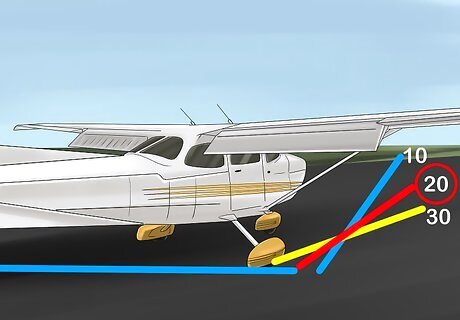
Next a minimum of 20 degrees of flaps needs to be lowered. However, if winds permit fully extend the flaps to 40 degrees. A guide line to go by is if the wind is more than 15 knots only take 20 degrees of flaps, if the wind is between 10 and 15 knots use 30 degrees of flaps and if the wind is less than 10 knots use 40 degrees of flaps.
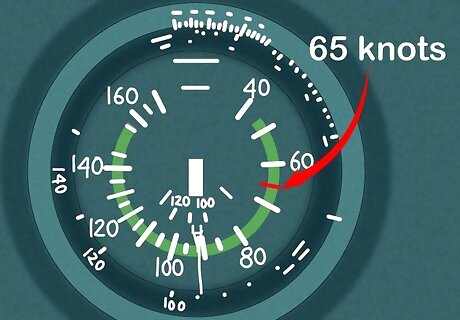
When you are short final (approximately 200 feet away from the threshold of the runway) the air speed needs to be decreased to 65 knots. This can be done by further decreasing power and pitching the nose of the aircraft up by pulling back on the control column.
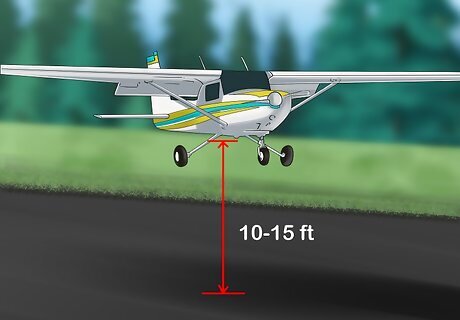
The plane should be over top of the runway at this point approximately 10 to 15 feet (3.0 to 4.6 m) above the ground and the rpm needs to be at 1200 plus or minus 100. The rpm is controlled by the throttle.
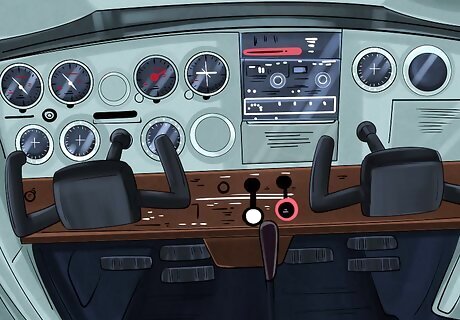
Reduce the power to idle by pulling the throttle all the way out.
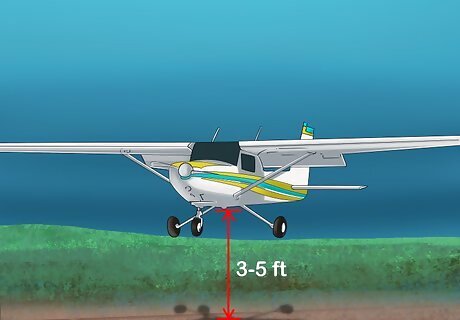
you should be approximately 3–5 feet (0.9–1.5 m) above the ground and in line with the center line on the runway at this point as pulling the power to idle will decrease your height.
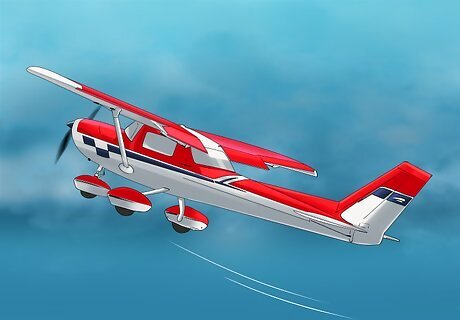
Begin to flare (pulling back on the control column and pitching the nose of the plane up). This will cause you to lose your remaining altitude.
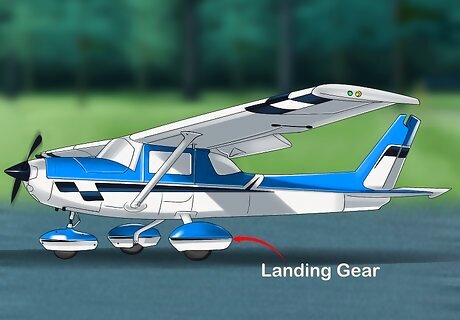
The main landing gear should touch down at this point. Apply full brakes. The brakes are applied by pushing on the tops of the rudder pedals.
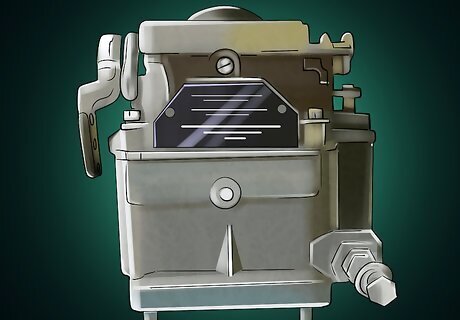
Bring the flaps all the way up and put the carburetor heat back to cold.
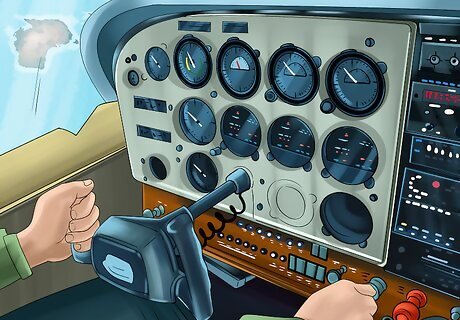
Continue to hold the control column back to minimize any vibrations. Congratulations you have successfully completed a short field landing in a Cessna 150.


















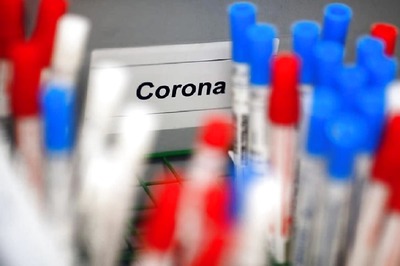
Comments
0 comment